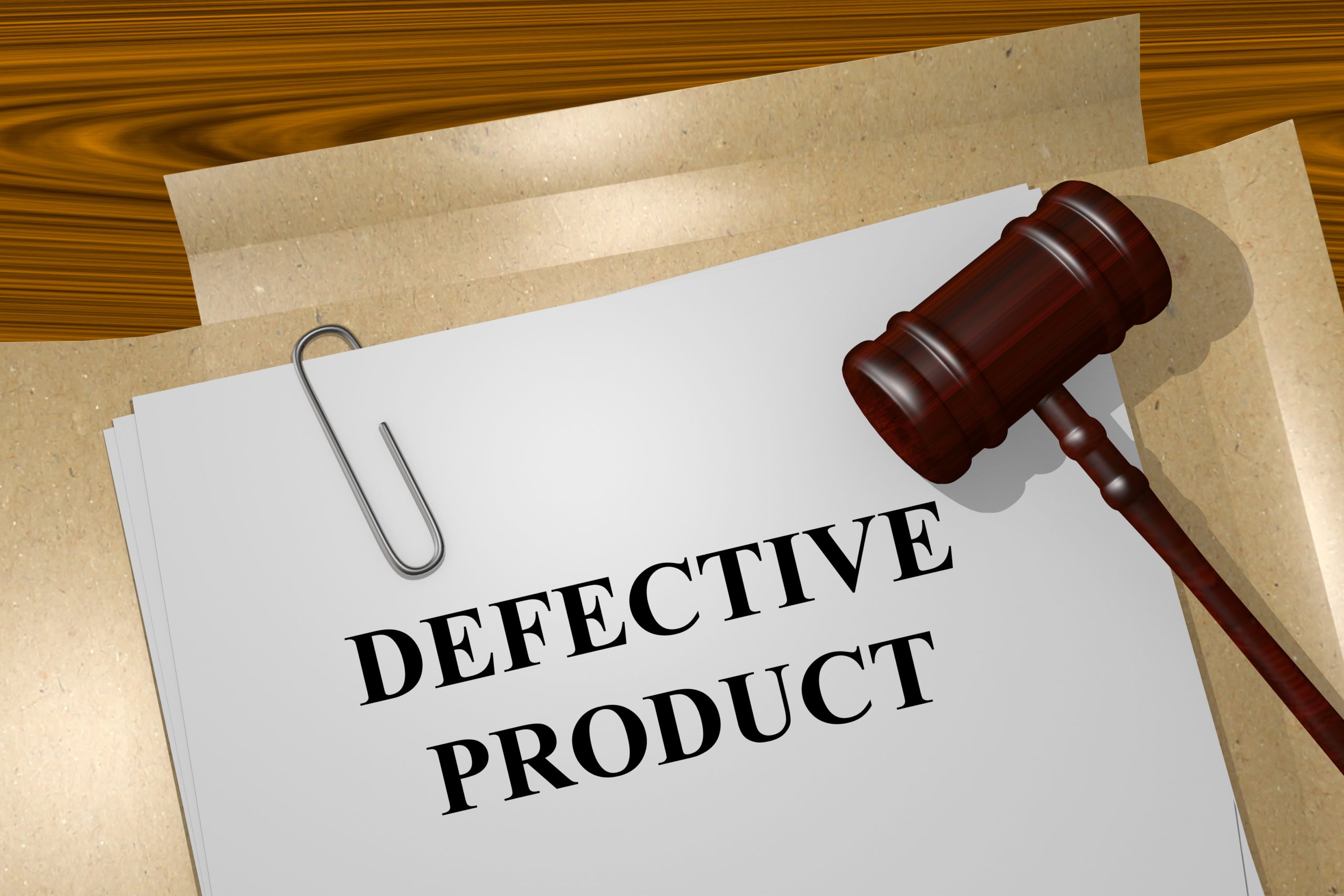Proving a Defective Product Liability Claim
Under products liability law, the manufacturer, distributor, supplier, or retailer of a defective product can be held responsible for injuries caused by the product. But typically, these manufacturers and corporations will fight tooth and nail to keep from admitting that their products are defective.
However, product liability is one area of the law in which the plaintiff has a significant advantage over the defendant. The defendant manufacturer, supplier, or retailer is often unaware of the product defect until a claim is brought, meaning you and your attorney have plenty of time to gather evidence and prepare a claim before bringing it to the liable party.

In a typical product liability case, the plaintiff must prove that:
- He or she was injured or suffered other damages
- The product in question was somehow defective or lacked proper warnings or instructions
- The defect or lack of warnings caused the injury/damage
- When injured, the plaintiff was using the product in the manner it was reasonably intended to be used
Each type of defective product requires a different strategy:
Design Defects are flaws in the original design of a product that causes it to be unreasonable dangerous. The plaintiff must show that the product was inherently flawed, often by asking these questions:
- Was the product’s design unreasonably dangerous prior to production?
- Was it plausible to anticipate the design of the product could harm a potential user?
- Could the manufacturer have used an economically feasible superior design that would not alter the purpose of the product?
Proving a design defect sometimes requires that plaintiff show negligence in the defective design. In other words, you might be required to prove that the defective design was the result of someone’s negligence. But in other cases, it can be enough to prove that there was a safe, cost-effective alternative.
Manufacturing Defects occur when a product is manufactured out of line with the designer’s or manufacturer’s specifications. When the manufacturer fails to follow the pre-determined plan and it results in an unsafe final product, the manufacturer can—and should—be held liable for the injuries caused.
Marketing defects are typically the easiest to prove. The company’s own internal design standards or specifications will show that the final product was manufactured incorrectly. Res ipsa loquitor, meaning “the thing speaks for itself” in Latin often applies in cases of manufacturing defects. In other words, if the product was manufactured correctly, the injury would not have occurred. Further, the defect would not exist unless someone along the manufacturing process was negligent. Therefore, plaintiffs typically do not have to prove someone was negligent during the manufacturing process—the presence of the defect alone is enough to prove someone was negligent.
Marketing defects occur when a product is improperly labeled, such as the lack of warning labels or presence of inadequate warning labels. The manufacturer (or other company responsible for labeling) opens itself up to liability by failing to warn customers of safety hazards or provide guidance for safe use.

















